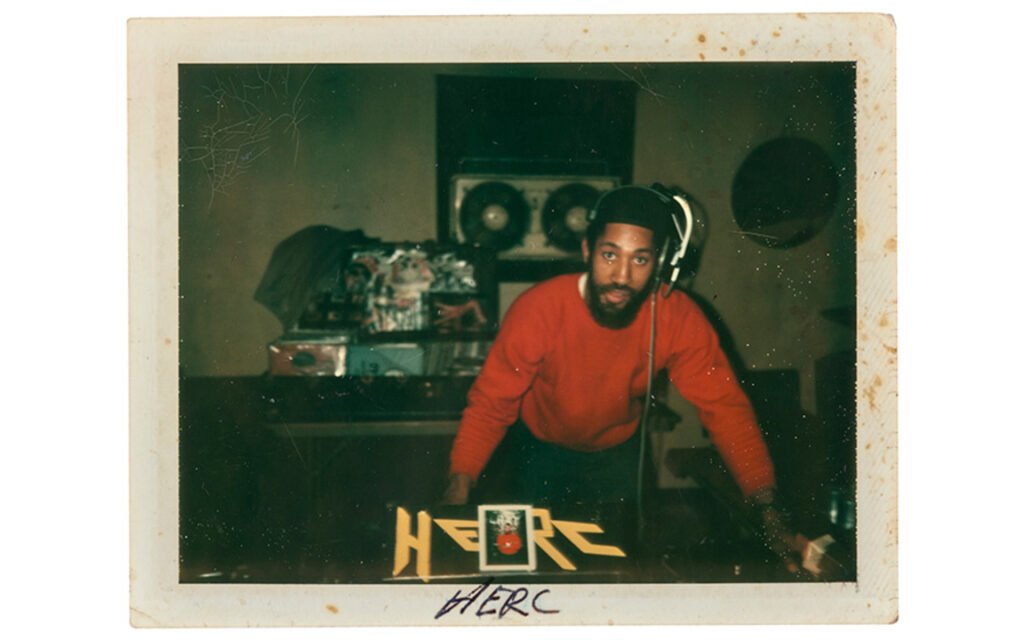We are currently experiencing an unseasonably mild January/February period. The trees, whilst still skeletal and bleak, are swaying slightly less than one might expect, and the sky is often blue, blooming with white clouds. This is the weather that excites me, as it means spring and summer is on the way. There are great pleasures derived from these seasons; heat, pub gardens, beach trips and the excuse to listen to dub as frequently as possible.
Dub, as a genre, broke away from its forefather, reggae, in late 60s Jamaica, pioneered by somewhat monolithic producers such as King Tubby, Lee Perry and Scientist. Its strength lies in its simplicity, repurposing instrumentals from reggae tracks, cutting out vocals (or using such vocals sparingly) and introducing effects such as delay, reverb and filter sweeps. They are characterised as ‘versions’ of songs, usually taken from the instrumental B-sides of reggae 45’s. Structurally, dub introduces and takes away instrumental elements from these tracks at will, emphasising bass parts, and adding effects here and there to change up the sound. Early dub was used primarily for Jamaican sound system culture, with MC’s ‘toasting’ over dubplates, which became an increasingly common practice in the late 60s/early 70s increasing the demand from DJ’s for instrumental dubs.
King Tubby’s studio was the true beginning for dub as we know it. Using a 12 track desk, the ability to isolate and control individual instruments and parts of the kit, most importantly the snare, became crucial for the sound.

A prime example of this isolation and use of effects would be the snare in Prince Jammy’s ‘Jammy’s a Shine’. The reverb and delay consumes you, there’s no other way to put it. It’s an intoxicatingly huge wall of sound, all derived from just a few elements. Producers turned their desks into instruments, taking reggae tracks and changing them into an entirely different thing. As Scientist says, ‘dub [reggae] is the recomposition of original music that you use echo, delay and original sound effects on to enhance the arrangement’. It was essentially the birth of modern sampling. None of that Pierre Schaeffer musique concrète snoozefest, we’re talking pounding dub.
It goes without saying that dub’s scope lies outside sound system culture in kingston. Dub made its way to Britain, with producers like Jah Shaka and Mad Professor at the forefront. Many Punk and Post-Punk bands were influenced by dub’s presence. The Clash, most notably, were huge fans of the genre and frequently collaborated with Mikey Dread. ‘Living In Fame’ off Sandinista! Is a cracking tune and a great example of this collaboration, where Mikey toasts over the instrumental. Further influences can be heard in tracks such as ‘The Guns of Brixton’. As a quick sidenote, ‘Resignation Dub’ by Mikey Dread is one of the finest dub songs, and a personal favorite. It never gets old. Tell you what, listen to the album Dubwise, it’s all unbelievably good.
Of course, without dub we may never have had rap music. U-Roy’s toasting over King Tubby’s tunes for sound systems acts as a precursor to the style, eventually leading to dancehall and ragga in 80s Jamaica. Jamaican presence in American cities such as New York and Miami had a role in the emergence of the genre, but no one had more influence than DJ Cool Herc in the Bronx.

Image: 2⅞ x 3⅞ Polaroid of DJ Cool Herc
Born in Jamaica, he brought over and popularised sound system culture to New York, which eventually led to the birth of rap. Dub has had huge influence on several dance music genres such as house and garage, as the principles from dub production’s use of remixing and live performance from the DJ’s have been carried over to these genres. The dance genre most greatly influenced by dub has been Jungle from the UK, which uses double time breakbeats over (originally) reggae samples with heavy bass and sometimes an MC going to town on it. It also has of course influenced Dubstep, emerging out of the uk in the late 90s with acts like Skream, Benga, Digital Mystikz and Kode9. Unfortunately, we all lived to see the fate of the once great dubstep.
So, is the sweeping statement that titles this article accurate? That’s subjective. Music comes in many different forms, shapes and sizes, but in my opinion nothing is more musically important or really gets better than some good old dub.
A few of my personal favourite tracks (other than the ones mentioned in the article):
Augustus Pablo – King Tubby Meets the Rockers Uptown
Joe Gibbs and The Professionals – Tribesman Rockers & Behind Iron Bars
Prince Douglas – March Down Babylon Dub
Scientist – Taxi to Baltimore Dub
Keith Hudson – Michael Talbot Affair
The Revolutionaries – Tivoli Skank, Kunta Kinte Dub & Rocking Dub
Yabby You – Fiery Dub & Dub Plague
Written By: Fred Roberts
Leave a Reply